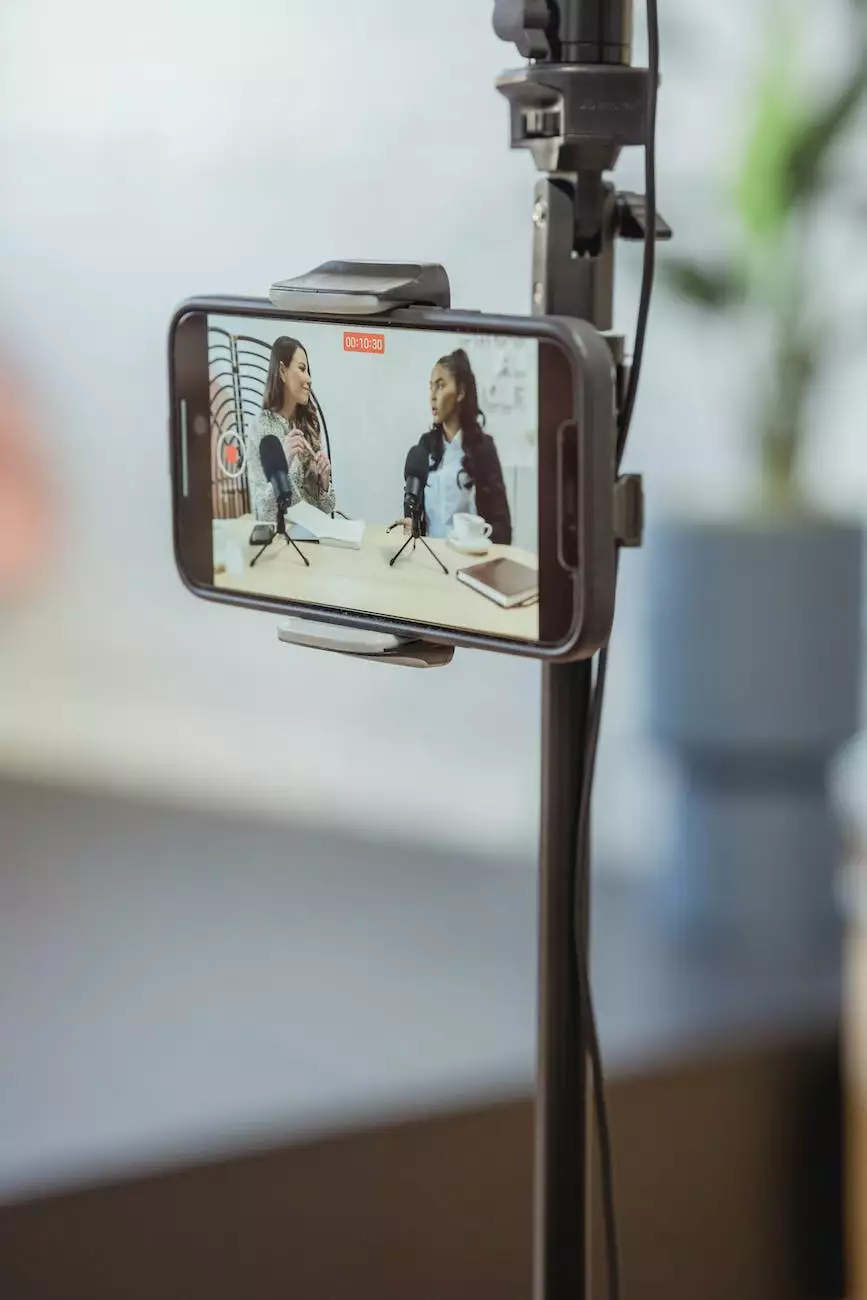SEO Best Practices for Tablet Devices
Blog
Introduction
Welcome to AdAbler's comprehensive guide on SEO best practices for tablet devices. In today's digital age, tablets have become increasingly popular, making it crucial for businesses in the marketing and advertising industry to optimize their websites for these devices. In this article, we will discuss the importance of tablet SEO, explore effective strategies, and provide you with valuable insights to help your website rank higher on search engines like Google.
Why Optimize for Tablet Devices?
Tablet devices have revolutionized the way consumers browse the internet, with their portable nature and user-friendly interfaces. As a business operating in the marketing and advertising industry, it is essential to adapt to the changing consumer preferences and ensure your website provides an optimal user experience for tablet users.
By optimizing your website for tablet devices, you can:
- Expand your reach to a larger audience: With the increasing popularity of tablets, failure to optimize your website will result in missing out on potential customers.
- Improve user experience: Users expect seamless browsing experiences, and a responsive, tablet-friendly website will provide just that.
- Enhance search engine visibility: Google prioritizes mobile-friendly websites, so optimizing for tablets will improve your search engine rankings.
- Stay ahead of the competition: By implementing tablet SEO best practices, you can gain a competitive edge in the marketing and advertising industry.
Tablet SEO Best Practices
1. Responsive Design
Responsive web design is crucial when it comes to optimizing your website for tablets. It ensures that your site adapts and renders correctly on various screen sizes, resolutions, and orientations. By utilizing responsive design techniques, you provide an excellent user experience regardless of the device being used. This not only improves engagement but also contributes to higher search engine rankings.
2. Page Load Speed
Page load speed is a critical factor in both user experience and search engine rankings. With tablets often relying on wireless connections, it is important to prioritize optimizing your website's loading time. Minimize unnecessary code, compress images, and utilize caching techniques to ensure your pages load quickly and efficiently
3. Mobile-Friendly Navigation
Streamlining your website's navigation for tablet devices is essential. Create menus and buttons that are easy to locate and navigate using touch gestures. Avoid small or crowded links that may cause frustration for tablet users. Implementing intuitive navigation not only enhances the user experience but also improves your website's overall SEO.
4. Engaging and Relevant Content
Content plays a pivotal role in optimizing your website for tablets. Craft engaging, relevant, and keyword-rich content that appeals to both tablet users and search engine crawlers. Create comprehensive articles, blog posts, and guides that are valuable to your target audience. Consider incorporating multimedia elements such as images, videos, and infographics to enhance user engagement and enrich the overall user experience.
5. Optimized Meta Tags and Headings
Utilize HTML meta tags and headings effectively to improve your website's visibility on search engines. Craft compelling meta descriptions that accurately describe the content of each page and contain relevant keywords. Use appropriate heading tags (H1, H2, H3, etc.) to structure your content and highlight important sections, making it easier for search engines and users to understand the intended hierarchy of information.
6. Image Optimization
Optimize images to ensure they load quickly and maintain optimal resolution on tablet devices. Compress images without compromising quality, utilize responsive image techniques, and include appropriate alt tags. Enhancing image optimization will not only improve user experience but also contribute to better search engine rankings.
7. Social Media Integration
Integrate social media sharing buttons and links on your tablet-optimized website. Encourage users to share your content across various social media platforms, thereby increasing your website's visibility and driving relevant traffic. A strong social media presence can positively impact your SEO efforts and help you outrank your competition.
8. Local SEO
If your business serves local customers, optimizing for local SEO is crucial. Include your business's location, address, and contact information on your tablet-optimized website. Implement schema markup to provide search engines with structured data, making it easier for them to understand your business's local relevance and improve your rankings in local search results.
Conclusion
In the constantly evolving landscape of digital marketing and advertising, staying ahead of the curve is essential. By implementing these SEO best practices for tablet devices, you can optimize your website, enhance user experience, improve search engine rankings, and ultimately drive more traffic and conversions. Remember, AdAbler is here to provide you with expert guidance and support to navigate the complex world of SEO. Start optimizing your website for tablet devices now and take your business to new heights!










